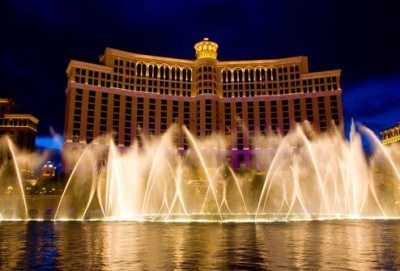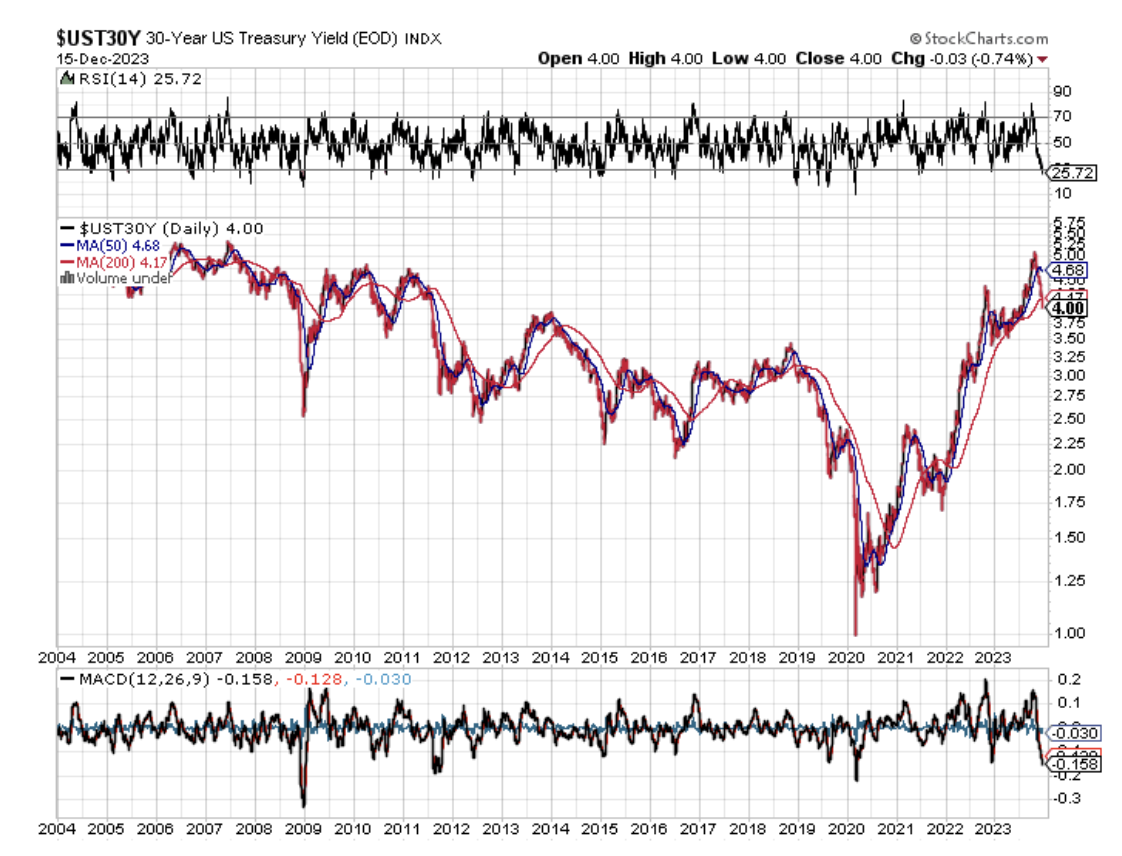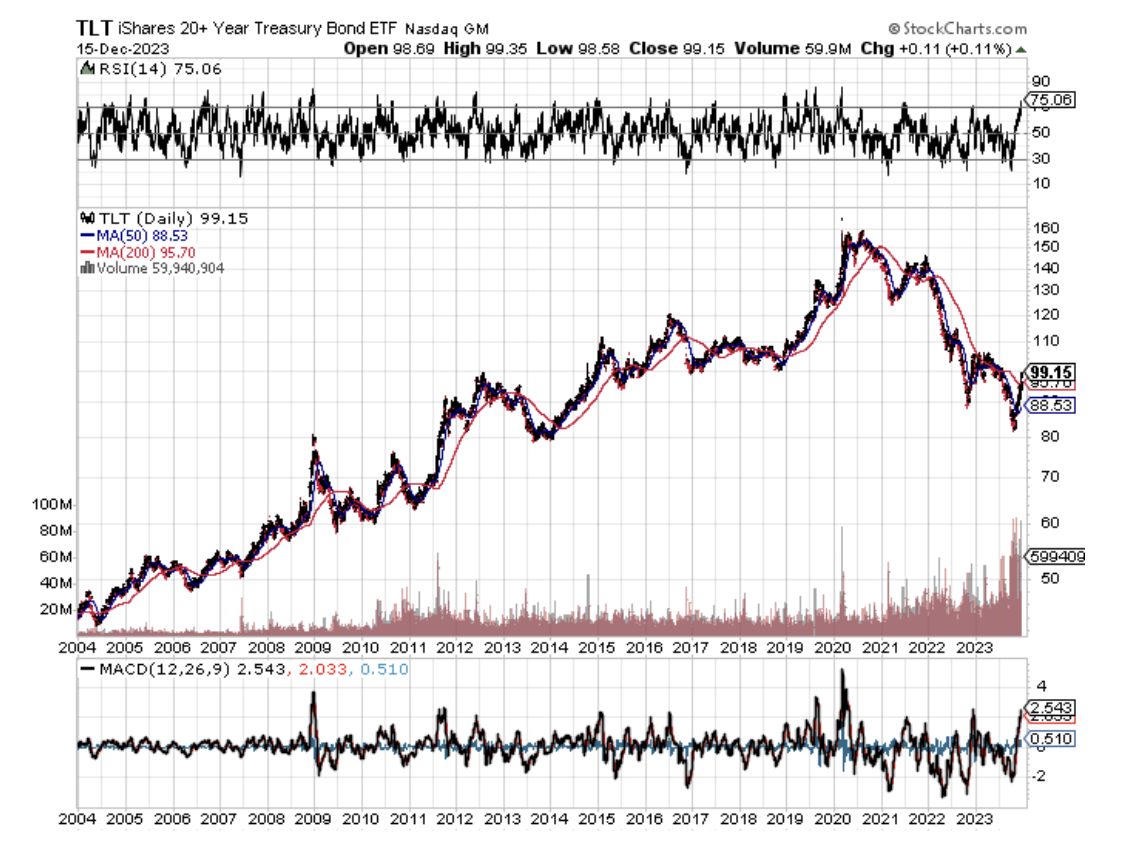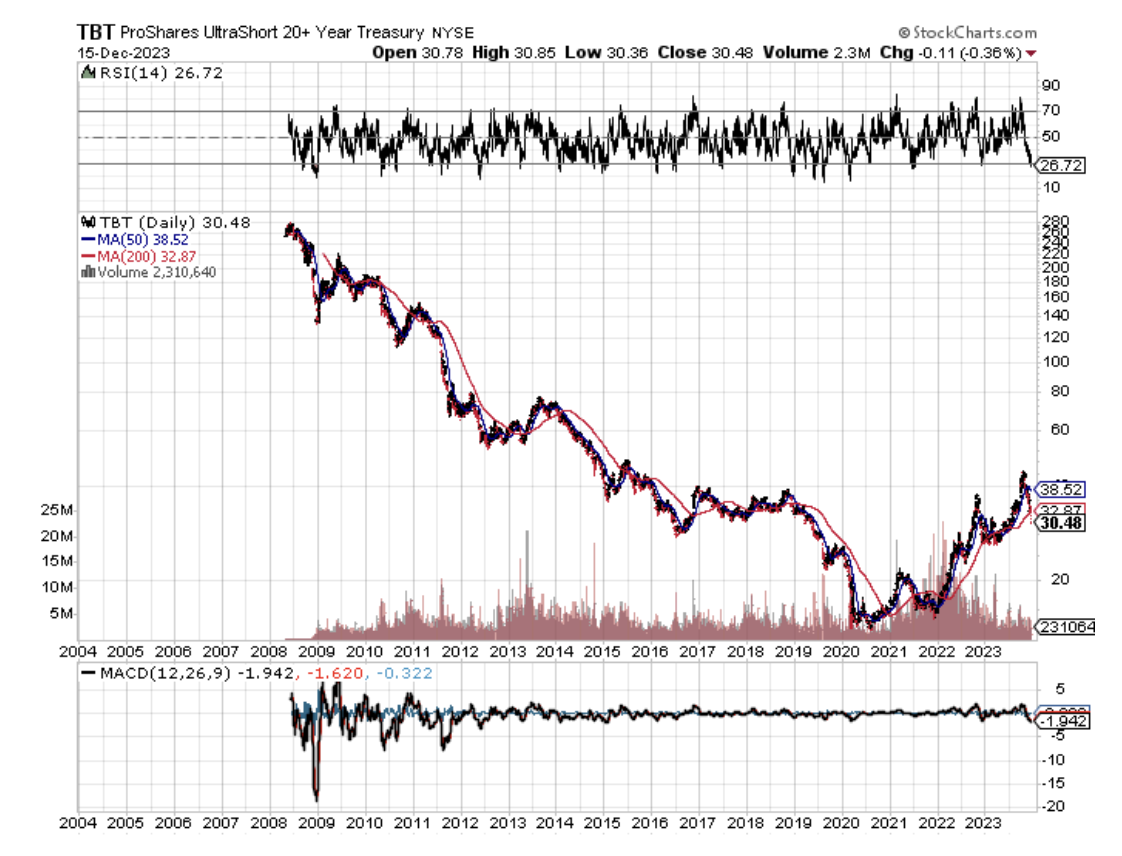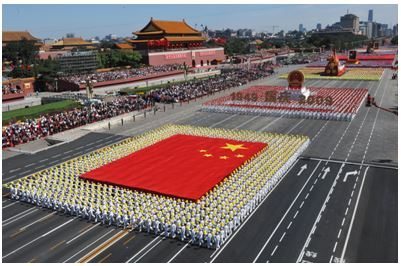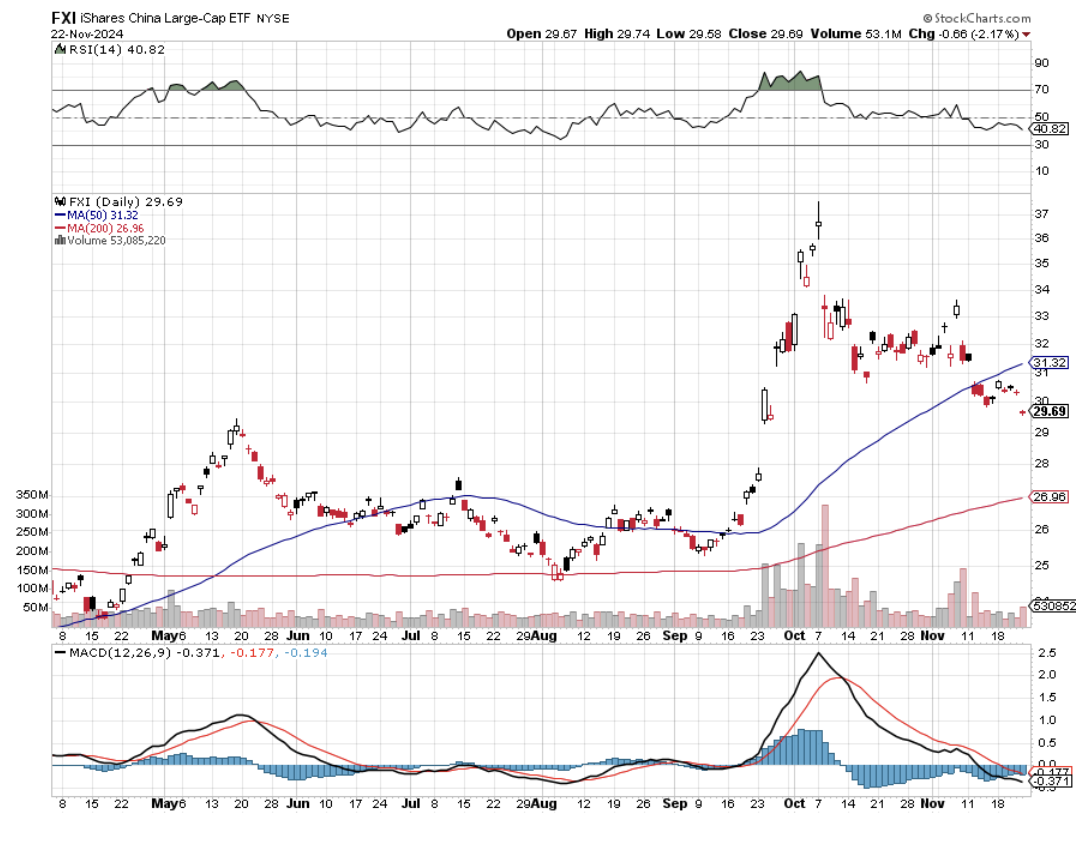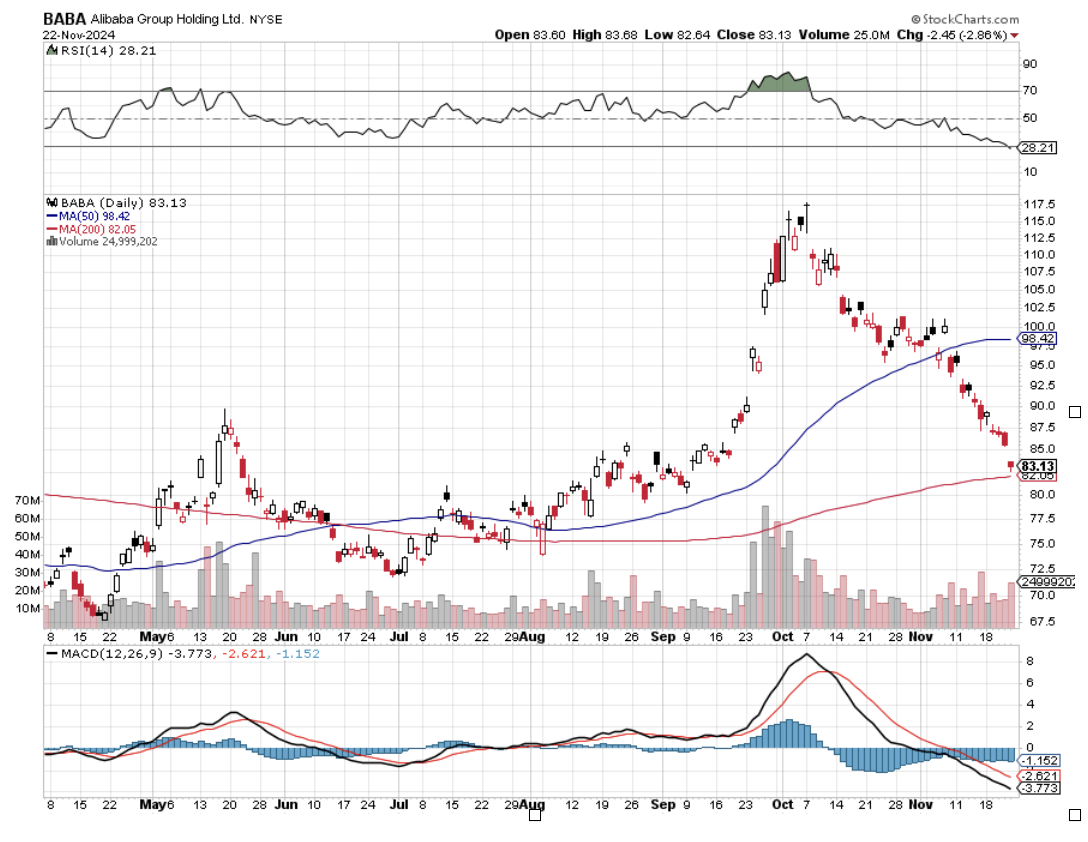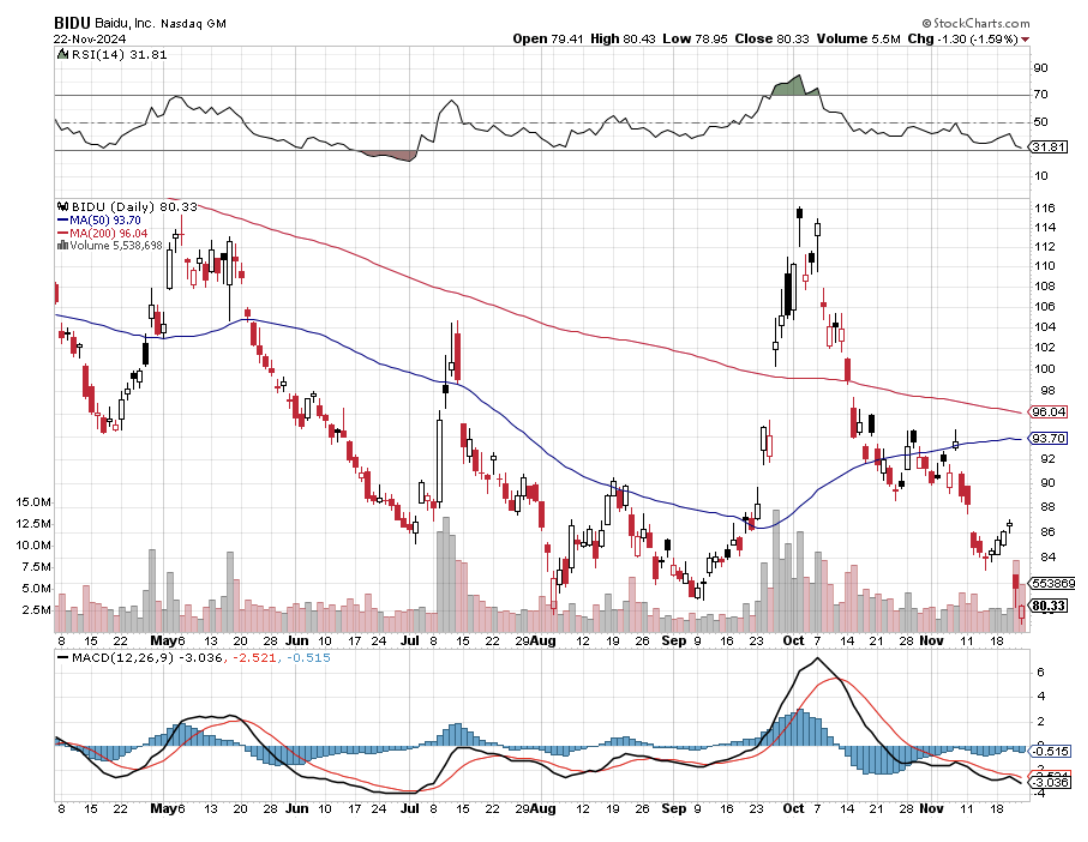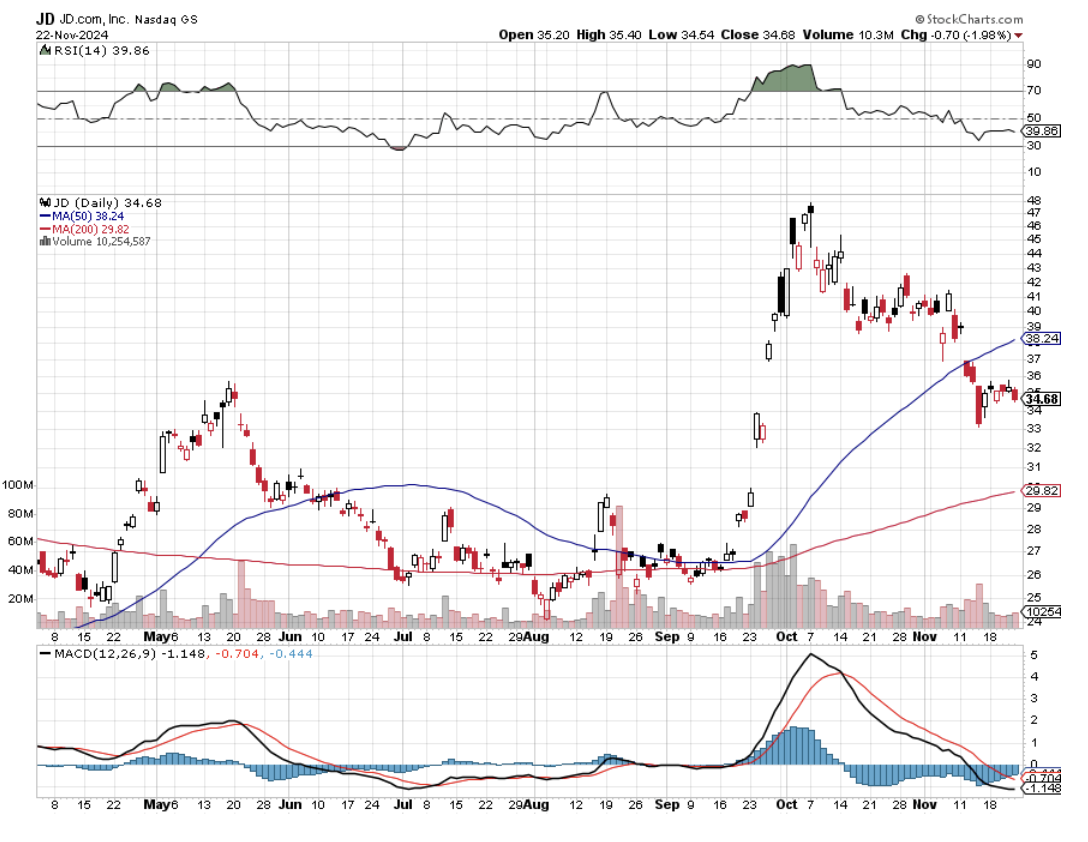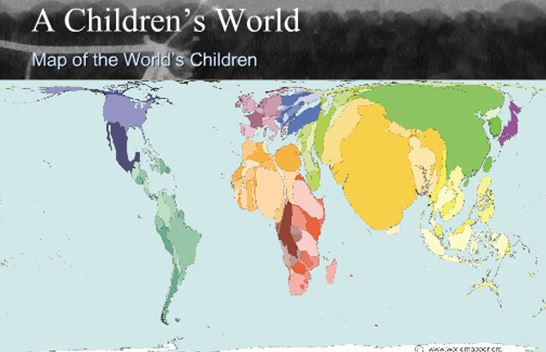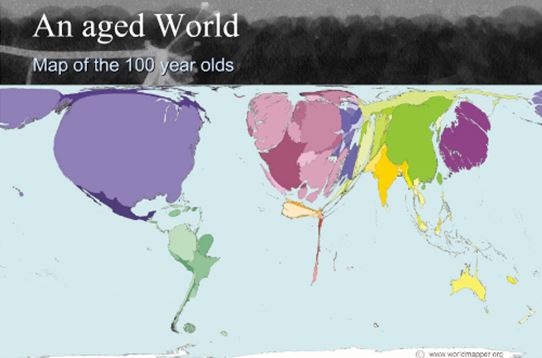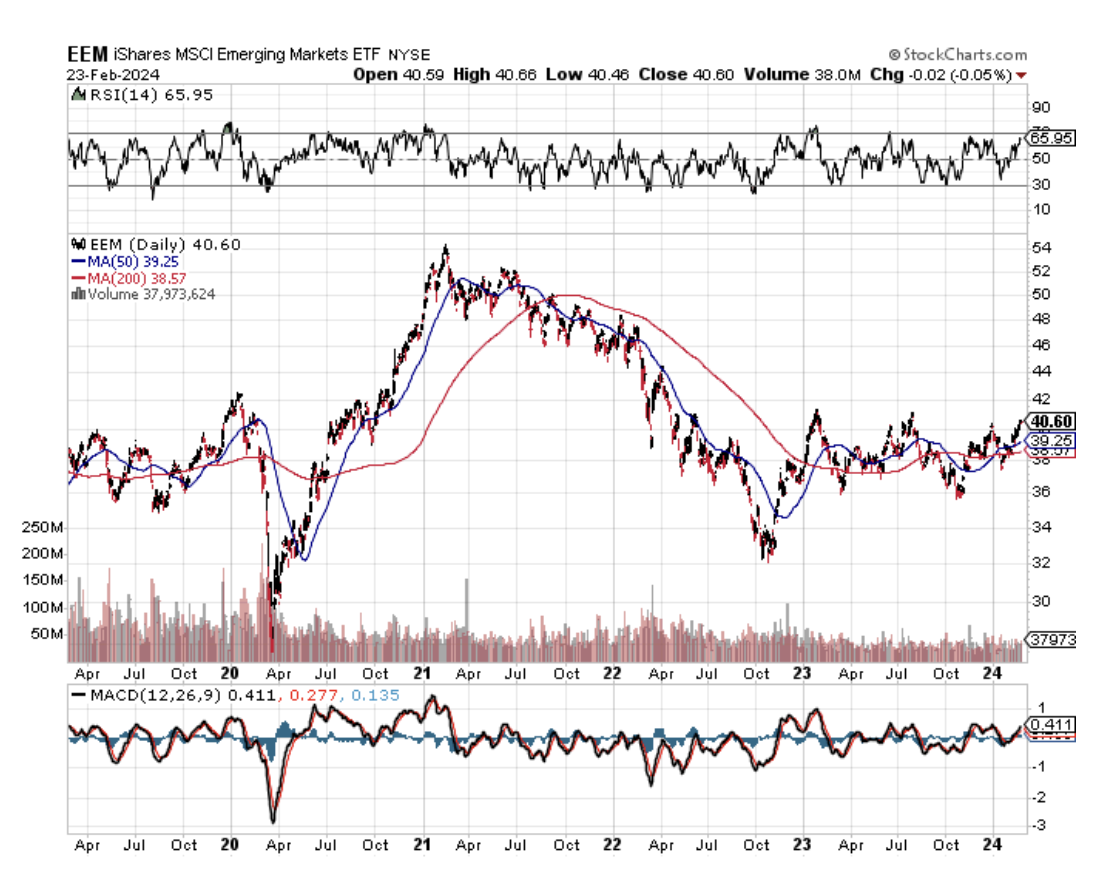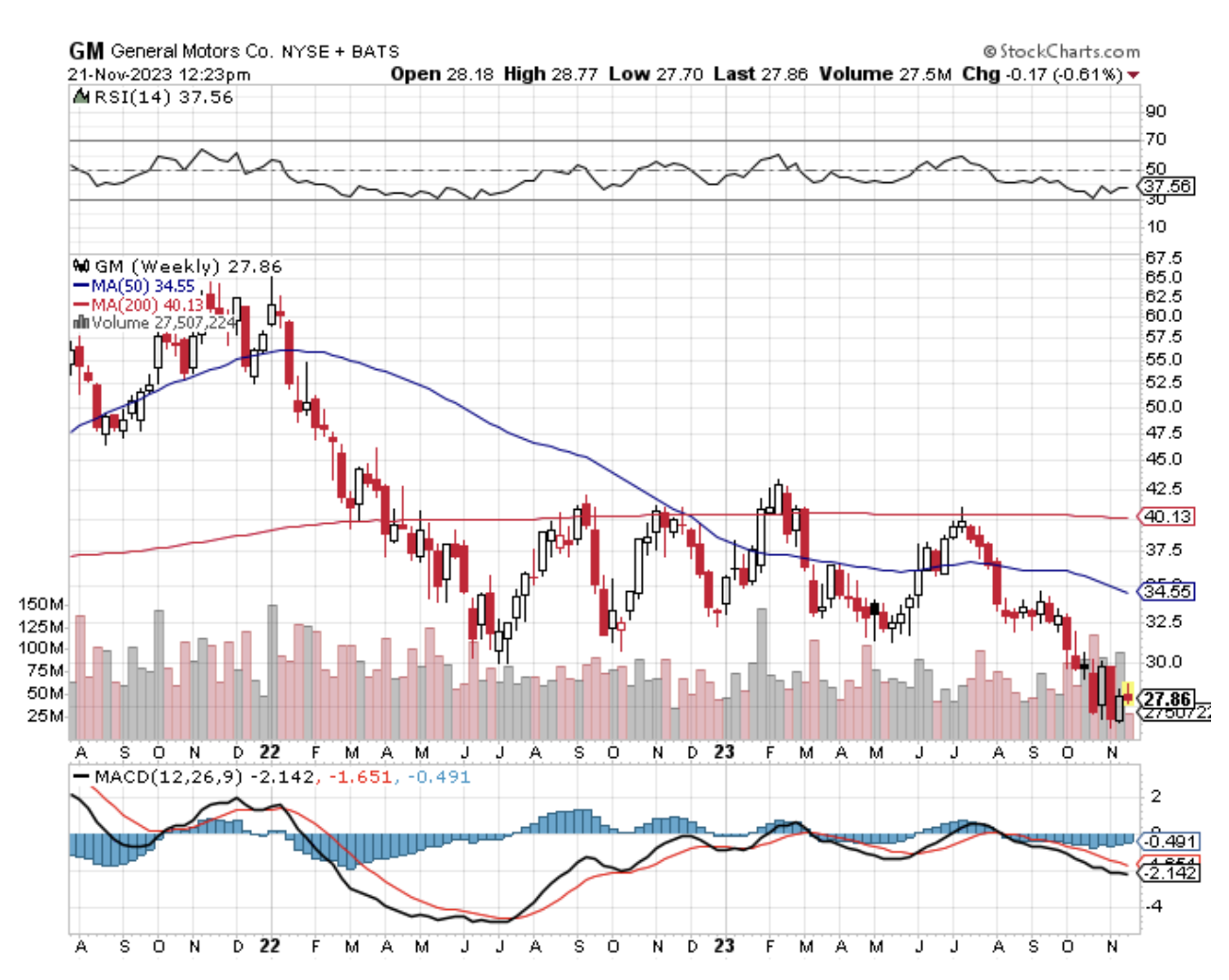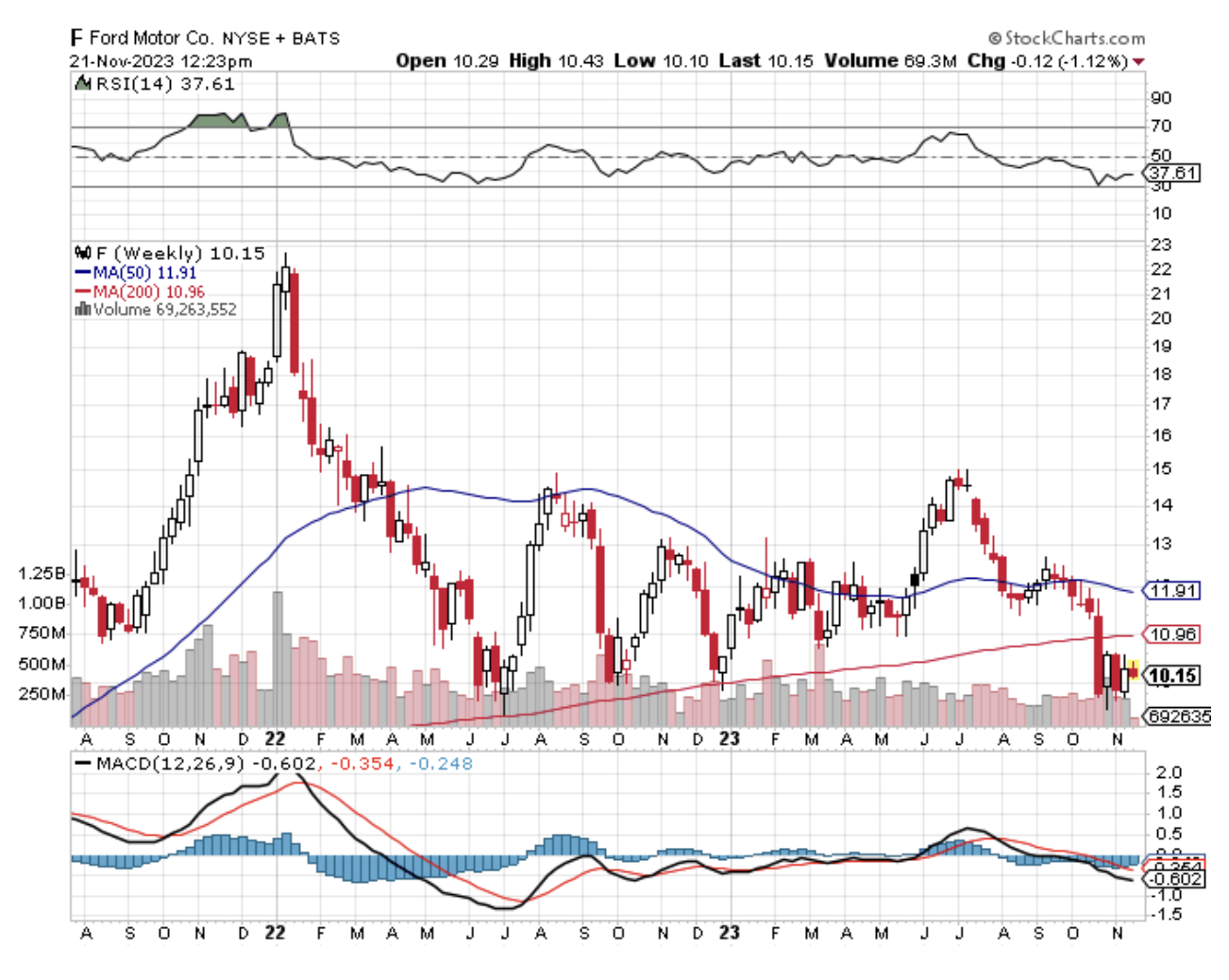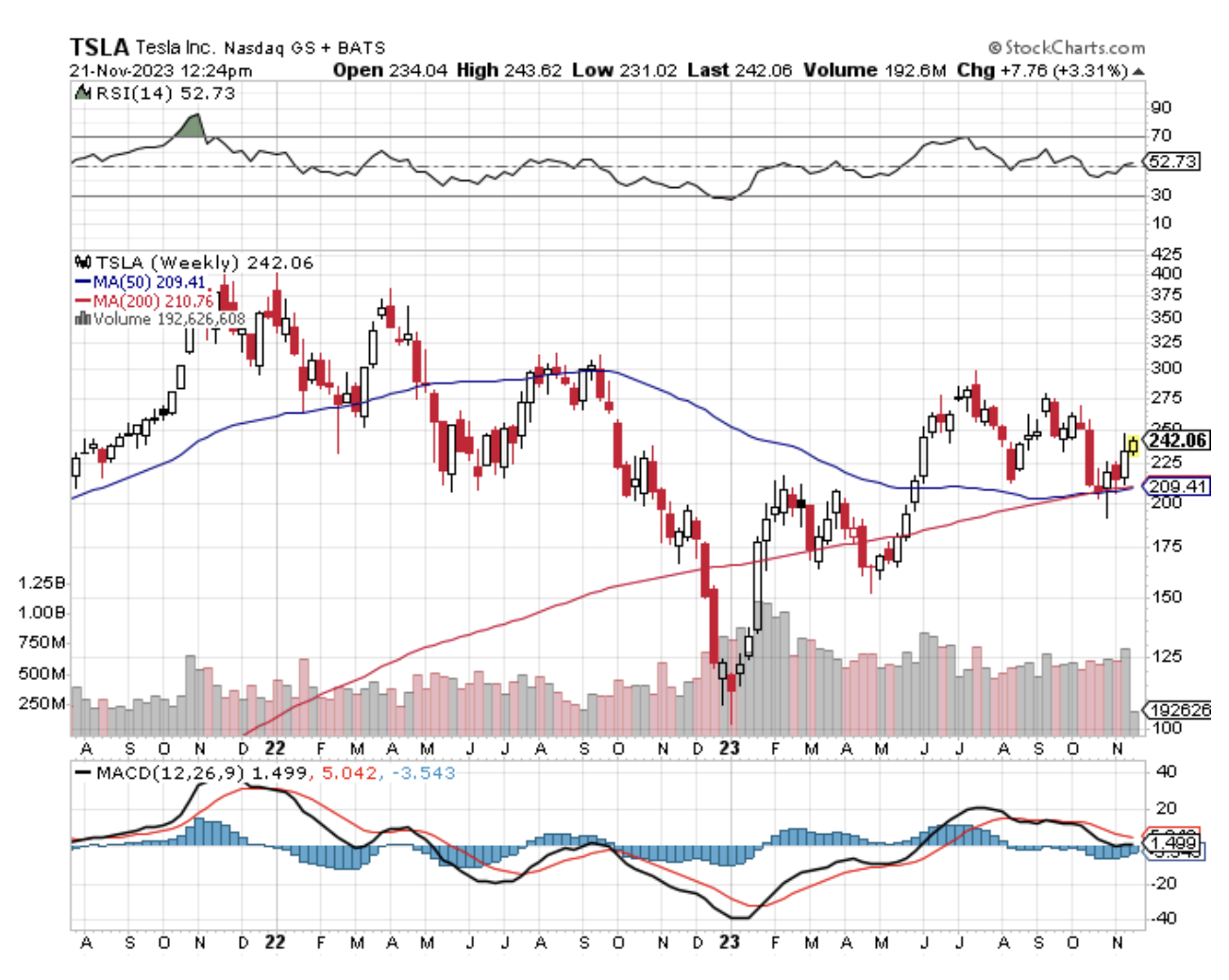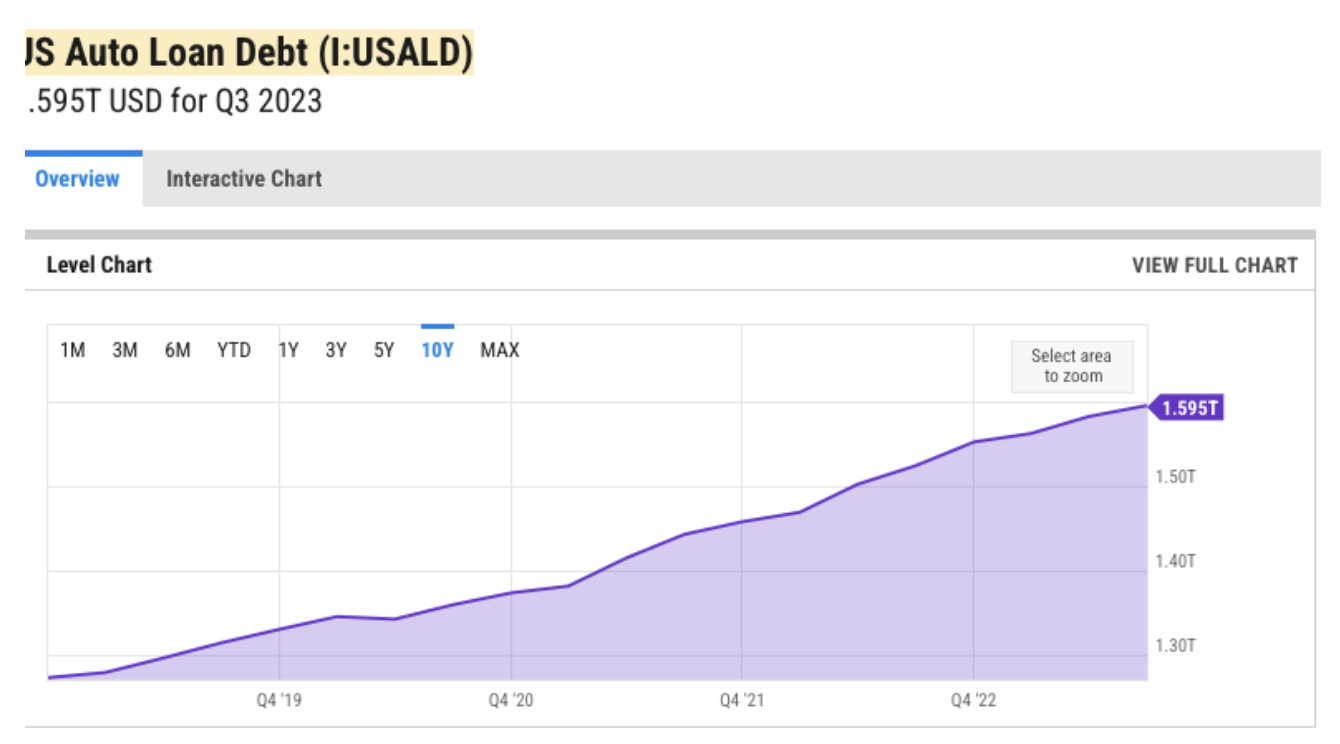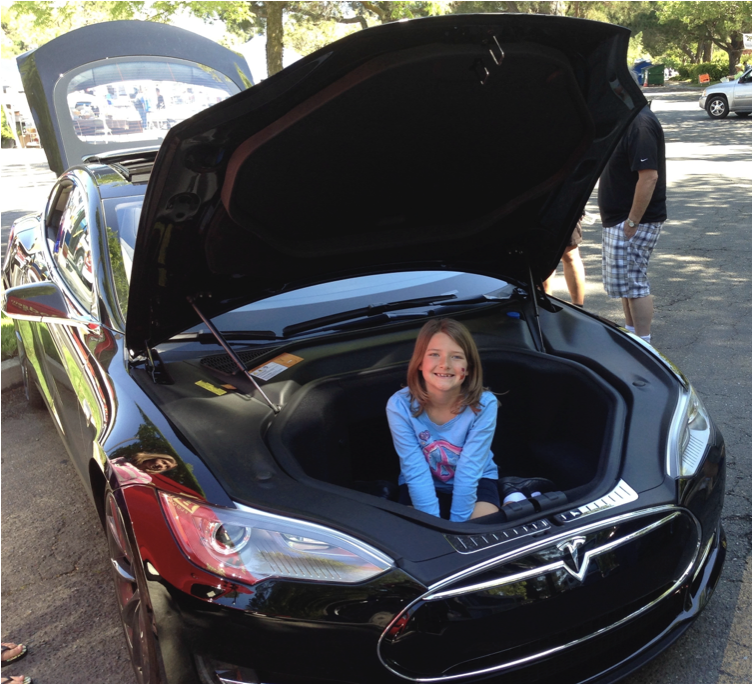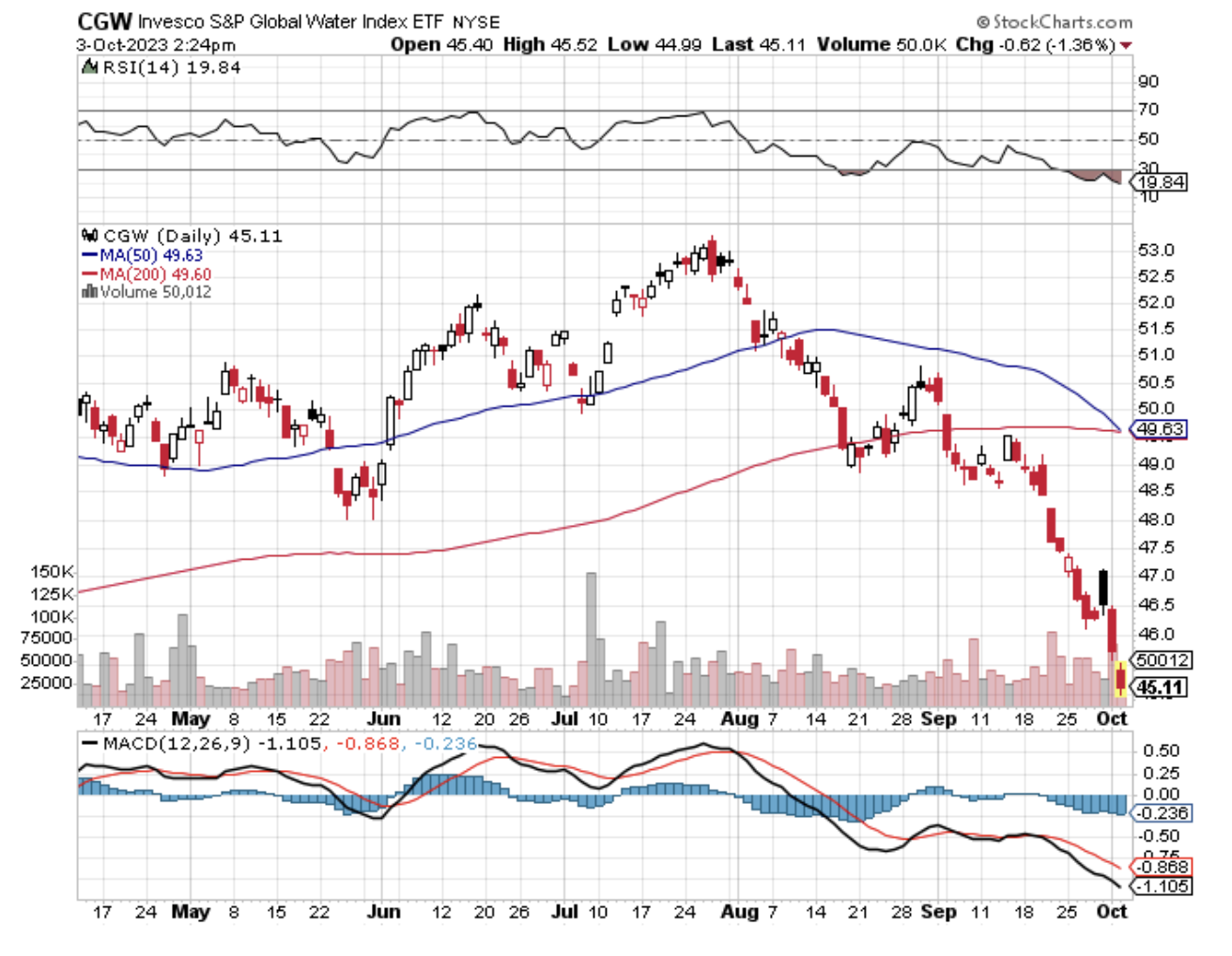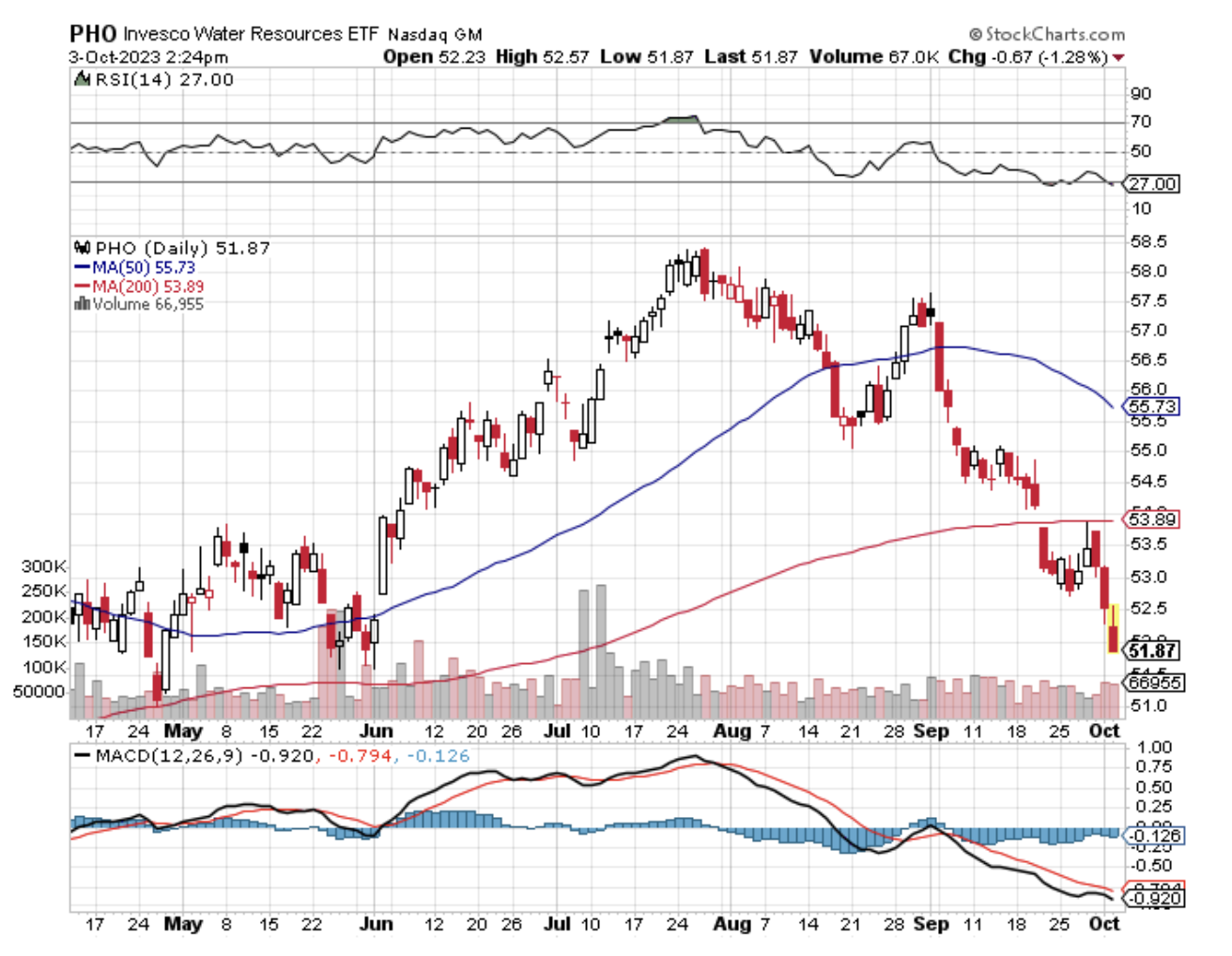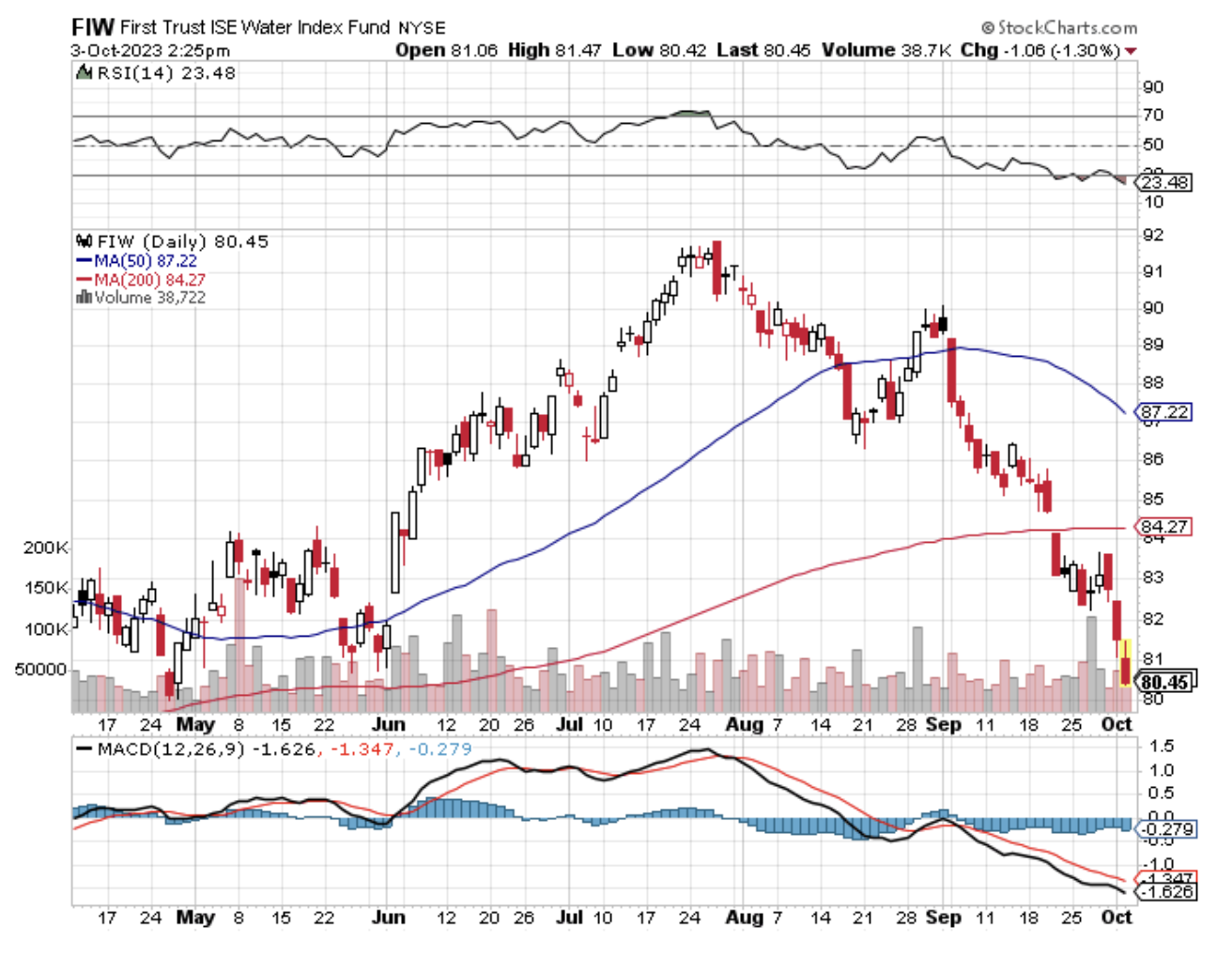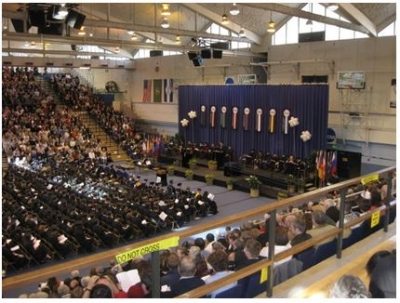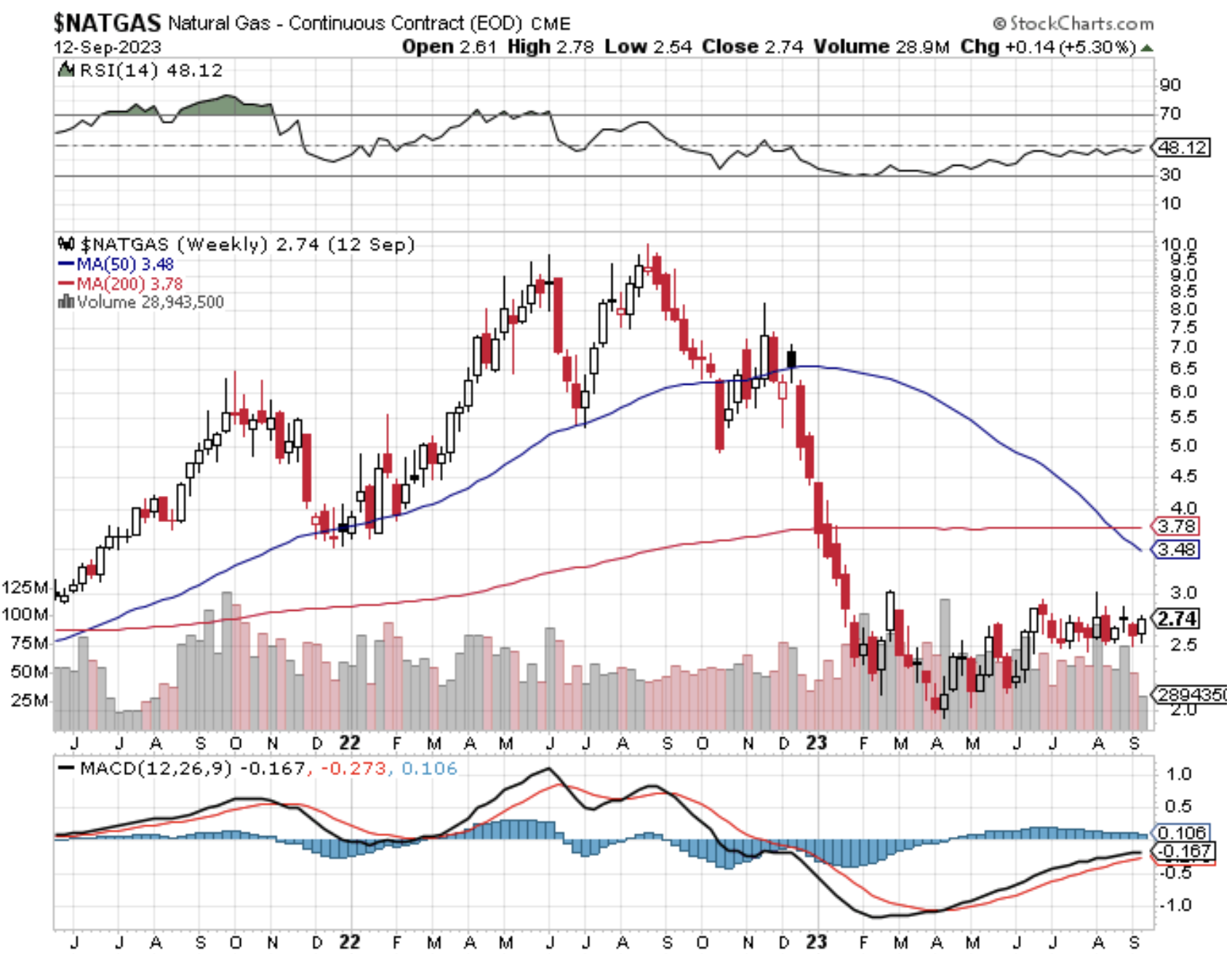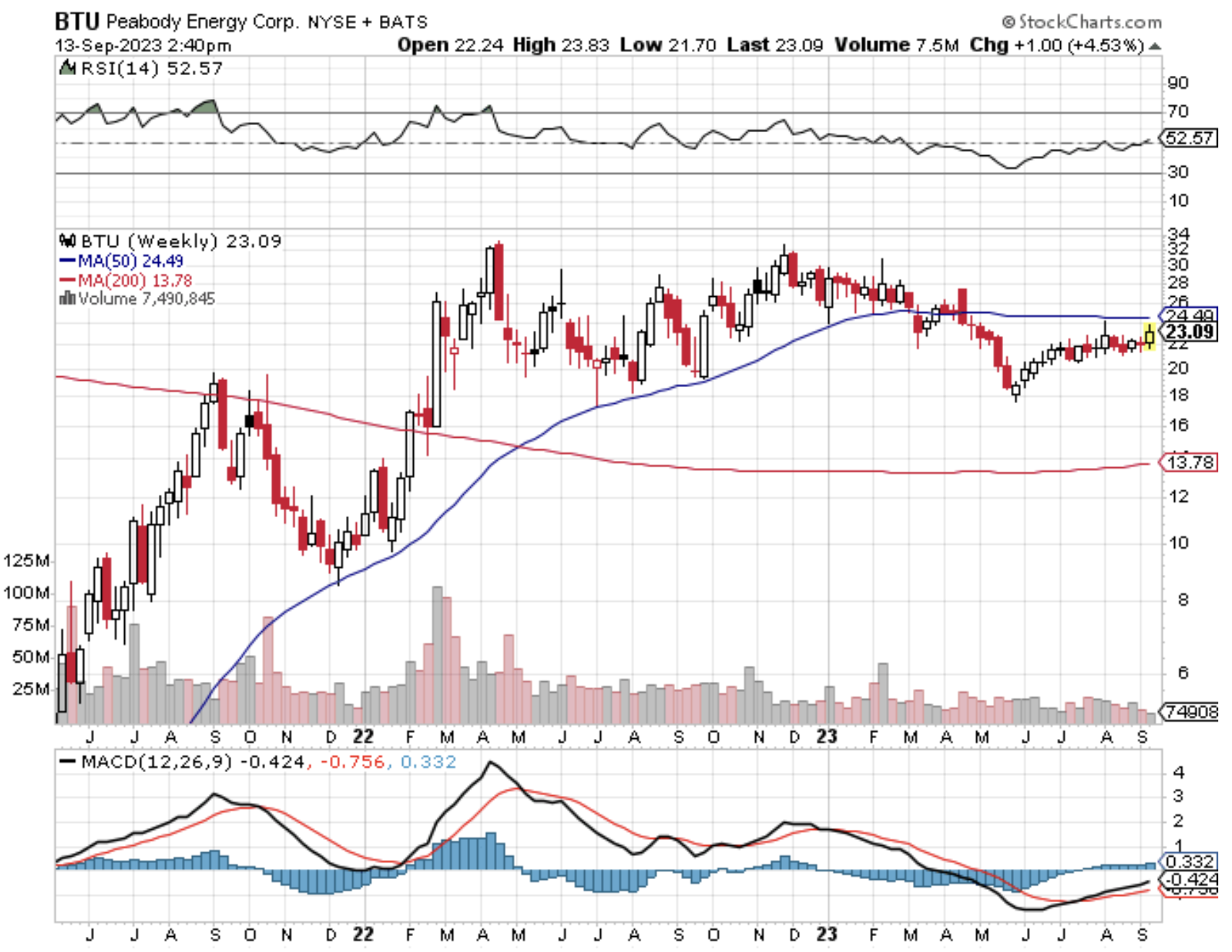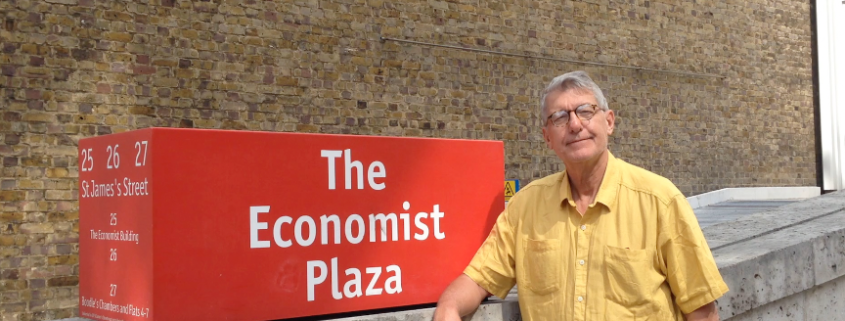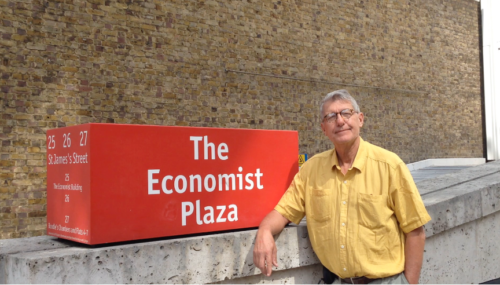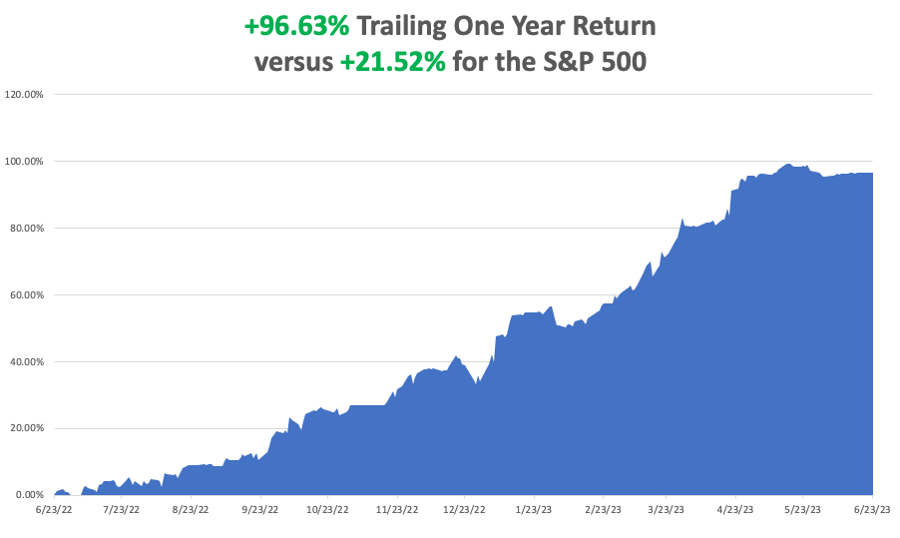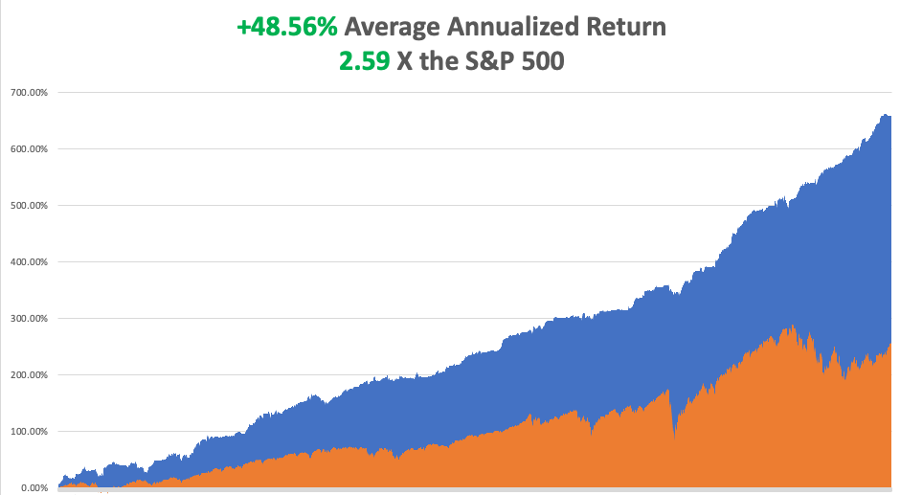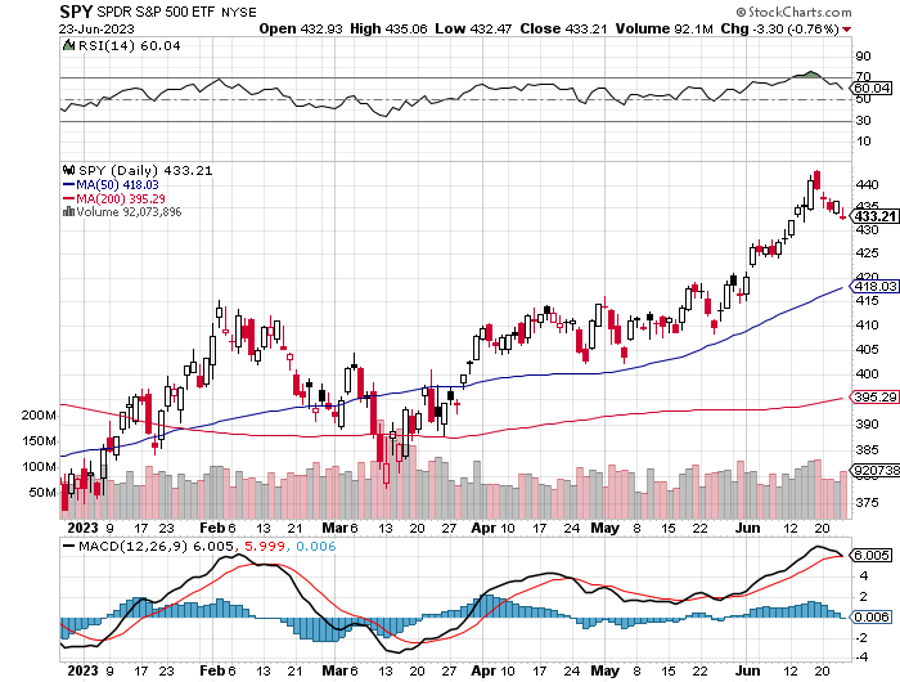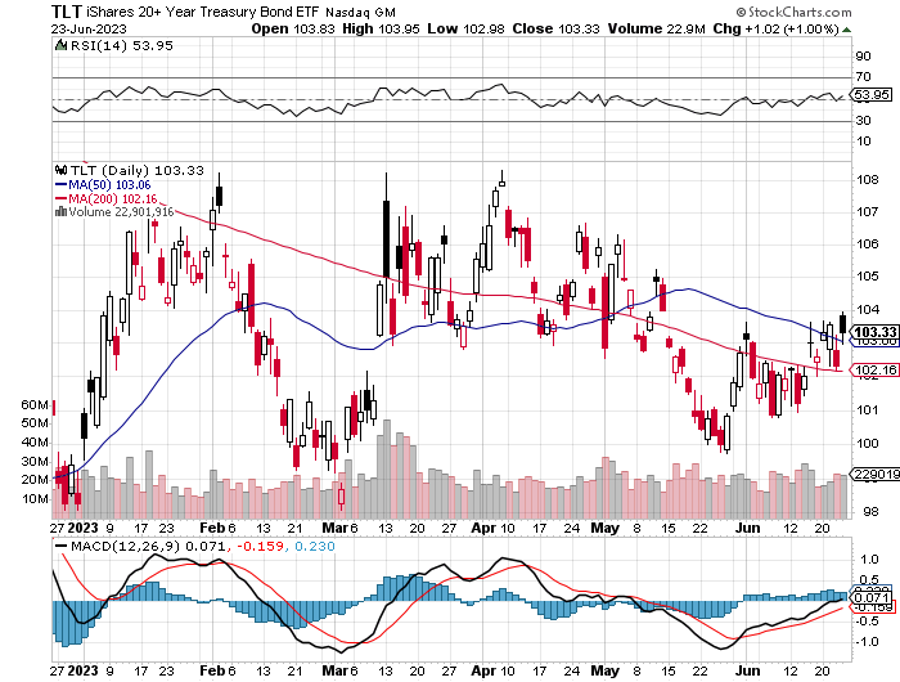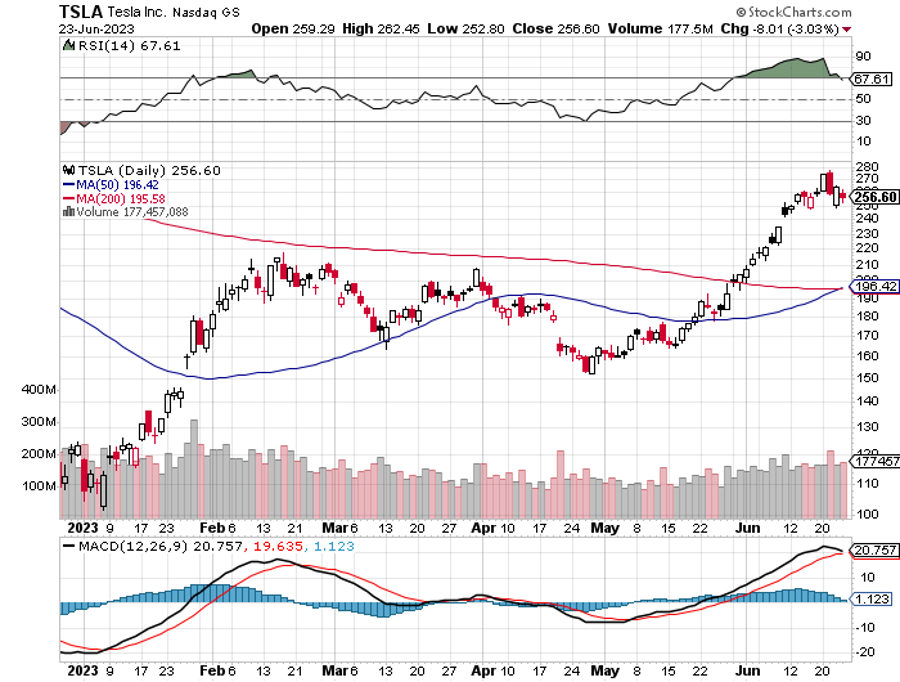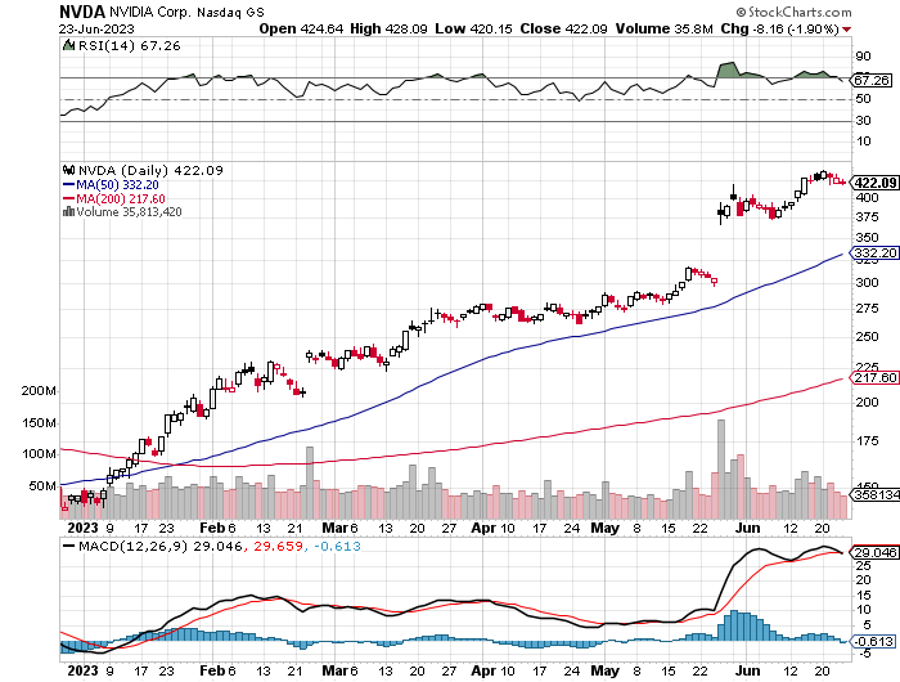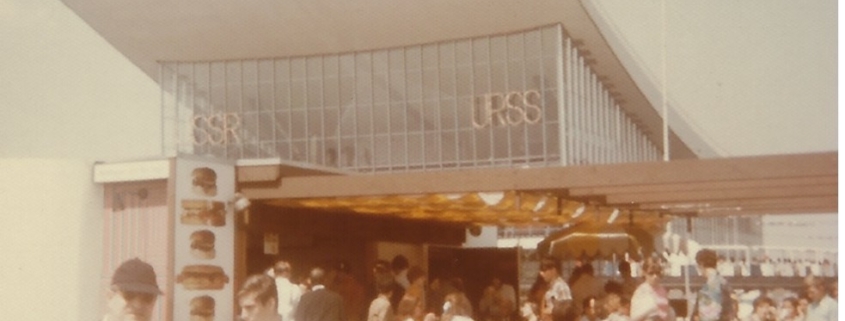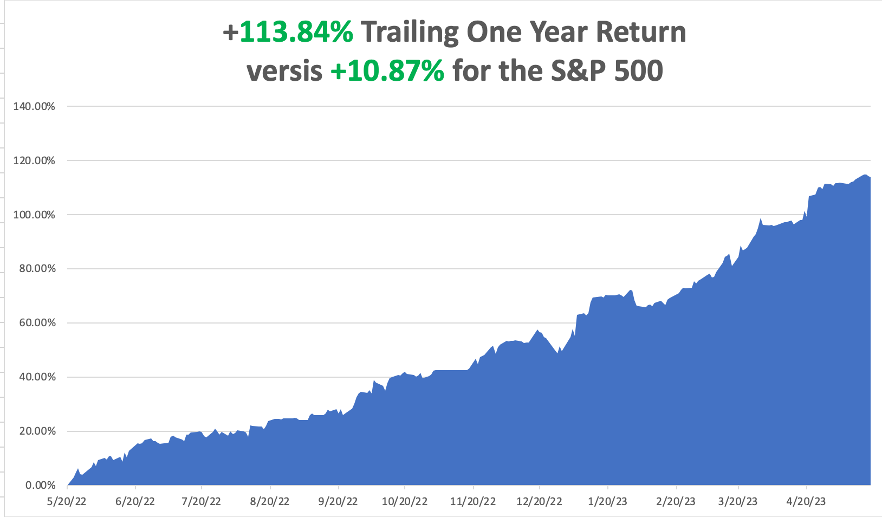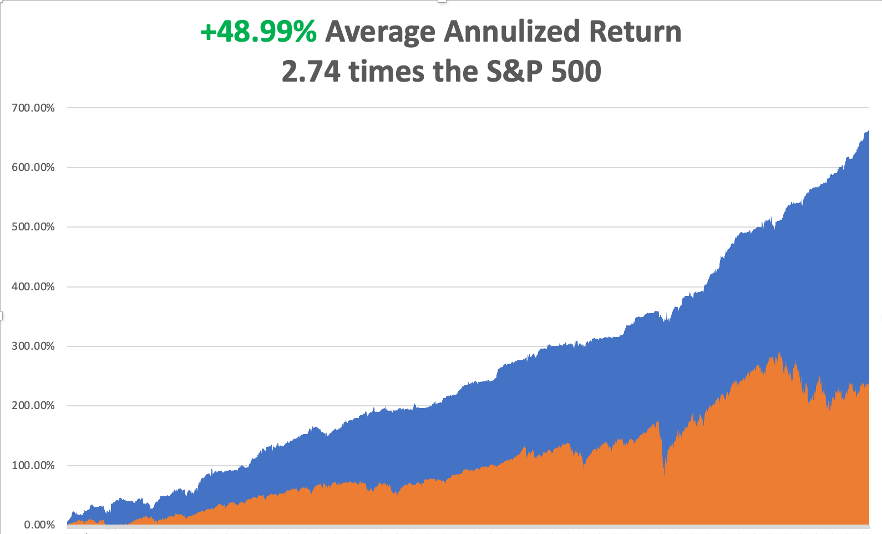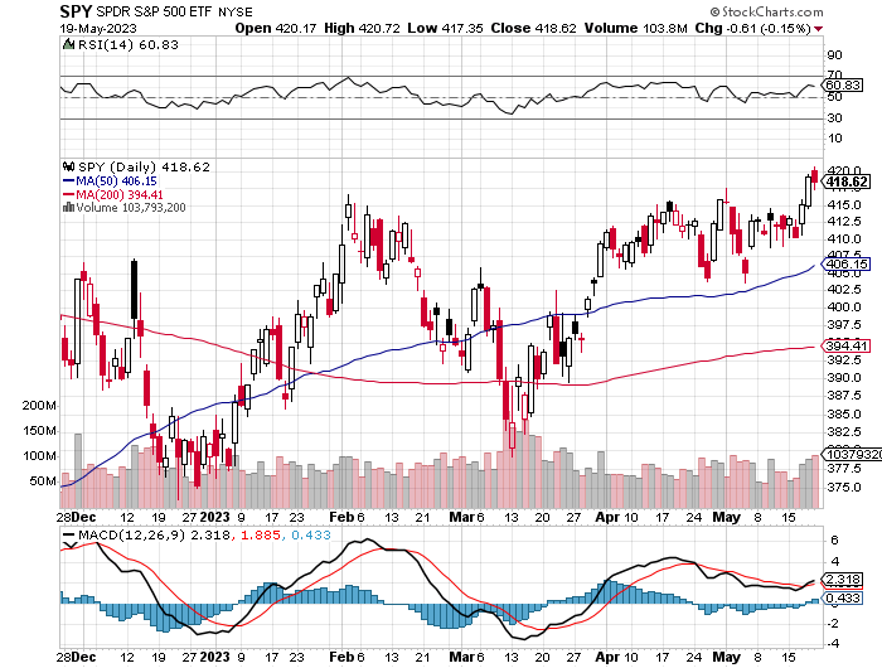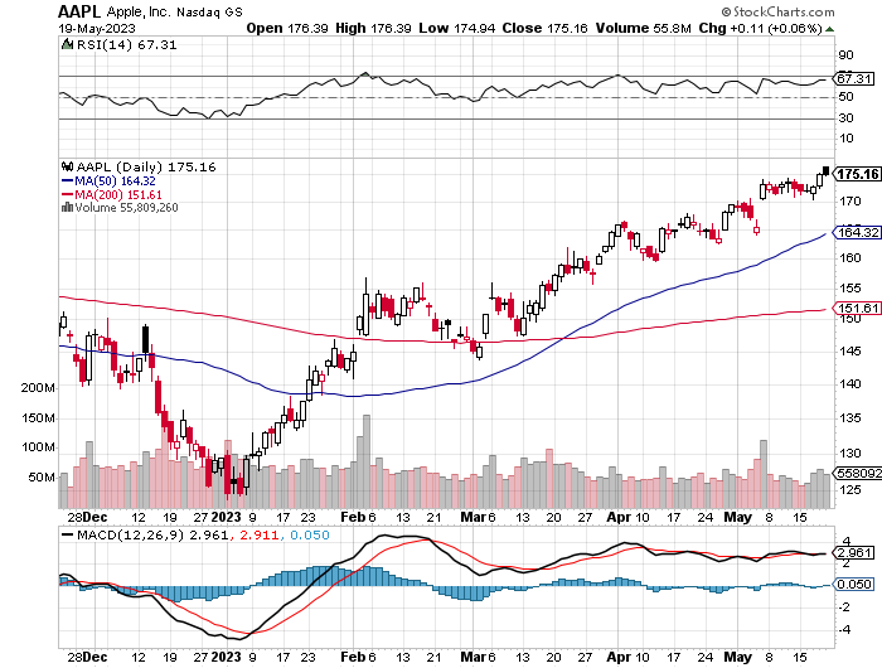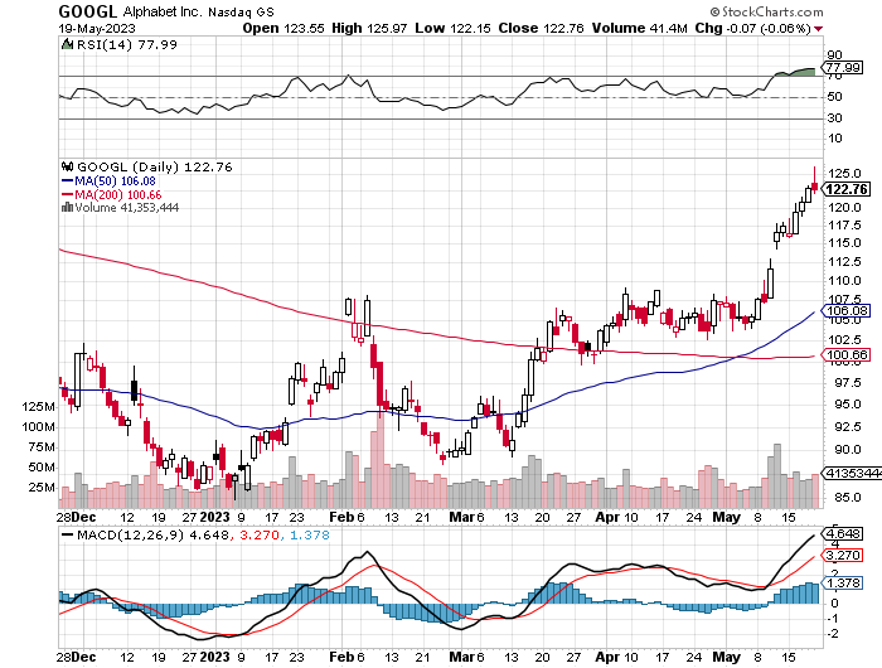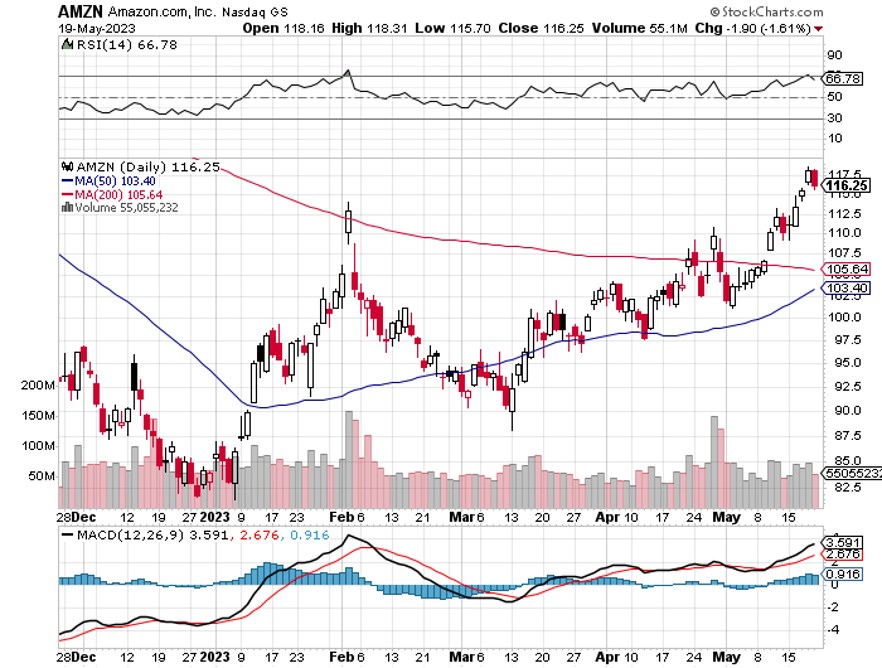With the national debt becoming a hot-button issue once again, it’s time to revisit one of my favorite stories.
When I was a little kid during the early 1950s, my grandfather used to endlessly rail against President Franklin Delano Roosevelt.
The WWI veteran, who was mustard-gassed in the trenches of France and drove Red Cross ambulances with Earnest Hemingway in Northern Italy, was a lifetime, dyed-in-the-wool Republican. He said the former Roosevelt was a dictator and a traitor to his class, who trampled the constitution with complete disregard by trying to pack the Supreme Court.
Republican presidential candidates Hoover, Landon, and Dewey would have done much better jobs.
What was worse, FDR had run up such enormous debts during the Great Depression that, not only would my life be ruined, but so would my children’s and grandchildren’s lives.
As a six-year-old, this disturbed me deeply, as it appeared that just out of diapers, my life was already going to be dull, brutish, and pointless.
Grandpa continued his ranting until a three-pack-a-day Lucky Strike non-filter habit finally killed him in 1977. When he was in the trenches, the Army handed them out for free, addicting him for life.
He insisted until the day he died that there was no definitive proof that cigarettes caused lung cancer, even though during his war they referred to them as “coffin nails.”
He was stubborn as a mule to the end. And you wonder who I got it from?
What my grandfather’s comments did was spark in me a lifetime interest in the government bond markets, not only ours, but everyone else’s around the world.
So, whatever happened to the despised, future-destroying Roosevelt debt?
In short, it went to money heaven.
And here I like to use the old movie analogy. Remember, when someone walked into a diner in those old black and white flicks? Check out the prices on the menu on the wall. It says, “Coffee: 5 cents, Hamburgers: 10 cents, Steak: 50 cents.”
That is where the Roosevelt debt went.
By the time Treasury bonds issued in the 1930s came due, WWII, Korea, and Vietnam happened, and the great inflations that followed that wars always brought.
The purchasing power of the dollar cratered, falling roughly 90%. Coffee is now $1.00, a hamburger at McDonald’s is $5.00, and a cheap steak at Outback costs $15.00.
The government, in effect, only had to pay back 10 cents on the dollar in terms of current purchasing power on whatever it borrowed in the thirties.
Who paid for this free lunch?
Wealthy bond owners, who received minimal, and often negative, real, inflation-adjusted returns on fixed income investments for three decades.
In the end, it was the risk-avoiders who picked up the tab. This is why bonds became known as “certificates of confiscation” during the seventies and eighties.
This is not a new thing. About 300 years ago, governments figured out there was easy money to be had by issuing paper money, borrowing massively, stimulating the local economy, creating inflation, and then repaying the debt in devalued future paper money. The masses loved it.
This is one of the main reasons why we have governments, and why they have grown so big. Unsurprisingly, France was the first, followed by England and every other major country.
Ever wonder how the new, impoverished United States paid for the Revolutionary War?
It issued paper money by the bale, which dropped in purchasing power by two-thirds by the end of the conflict in 1783. The British helped too, by flooding the country with counterfeit paper Continental money.
Bondholders can expect to receive a long series of rude awakenings.
The scary thing is that we will soon enter a new 30-year bear market for bonds that lasts all the way until 2053.
This is certainly what the demographics are saying, which predict an inflationary blow off in decades to come that could take short-term Treasury yields to a nosebleed 12% high once more.
That scenario has the leveraged short Treasury bond ETF (TBT), which has just cratered from $46 down to $30. Eventually, it will soar all the way to $200, but not now.
If you wonder how yields could get that high in a decade, consider one important fact.
The largest buyers of American bonds for the past three decades have been Japan and China. Between them, they have soaked up over $2 trillion worth of our debt, some 7% of the total outstanding.
Unfortunately, both countries have already entered very negative demographic pyramids, which will forestall any future large purchases of foreign bonds. China has already ceased buying our bonds completely. They are going to need the money at home to care for burgeoning populations of old age pensioners.
So, who becomes the buyer of last resort? No one, unless the Federal Reserve comes back with QE IV, V, and VI.
There is a lesson to be learned today from the demise of the Roosevelt debt.
It tells us that the government should be borrowing as much as it can right now, with the longest maturity possible at these ultra-low interest rates, and spending it all.
With real, inflation-adjusted ten-year Treasury bonds now posting negative yields, they have a free pass to do so. Ten-year Treasuries currently yield less than 3.90% versus 5.25% for overnight money.
In effect, the government never has to pay back the money it borrows. But they do have the ability to reap immediate benefits, such as through stimulating the economy with greatly increased infrastructure and defense spending.
I’m not the only one who has noticed that most of our major weapons systems are 50 years old, except for the B-52 bomber, which is 72 years old. The Air Force plans to use them until they are 100. Will you feel safe, protected by a plane that is a century old?
If I were king of the world, I would borrow $5 trillion tomorrow and disburse it only in areas that create only domestic US jobs. Not a penny should go to new social programs. Long-term capital investments should be the sole target.
Here is my shopping list:
$1 trillion – new Interstate freeway system
$1 trillion – national defense weapons upgrade
$1 trillion – conversion of our energy system to solar
$1 trillion –investment in Southern border upgrades
$1 trillion – investment in R&D for everything technology-related
The projects above would create 5 million new jobs quickly. Who would pay for all of this in terms of lost purchasing power? Today’s investors in government bonds, half of whom are foreigners.
The bottom line of all this history is that the US government isn’t borrowing too much money; it is not borrowing enough!
How did my life turn out? Was it ruined, as my grandfather predicted?
Actually, I did pretty well for myself, as did the rest of my generation, the baby boomers.
My kids did OK, too. One son just got a $2 million, two-year package at a new tech startup, and he is only 34. Another is deeply involved in the tech industry, and my oldest daughter runs Stanford’s online courses. My two youngest girls are getting straight A’s in Computer Science at the University of California. They complain it’s too easy.
Not too shabby.
Grandpa was always a better historian than a forecaster. But did have the last laugh. He made a fortune in real estate, betting correctly on the inflation that always follows big borrowing binges.
You know the five acres that sit under the Bellagio Hotel in Las Vegas Today? That’s the land he bought, in 1945, for $500. He sold it 32 years later for $10 million.
Not too shabby either.
40 Years of 30-Year Bond Yields

Grandpa’s Impulse Buy for $500

